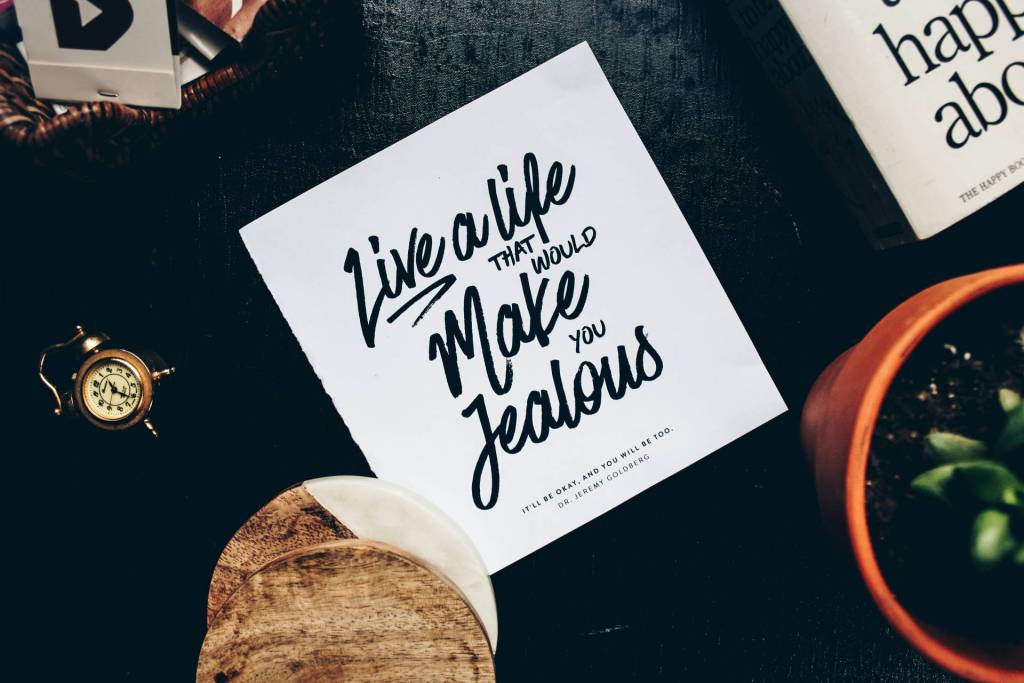Let’s face it, most job seekers are too lazy to include a cover letter as part of their marketing kit, in addition to a simple resume. Recruiters know this, which means writing a cover letter is essential to proving to them you are that much more serious about the position. People feel that they should apply to hundreds of jobs by using the same resume, without a cover letter. The reality is that both resumes and cover letters must be custom to the job you’re applying for.
Right now you’re thinking “that’s way too much work.” The answer is that you need to have a focused job search instead of a resume blast. Today, I want to go over best practices for cover letters.
Your personal branding toolkit
1) Business cards
2) Portfolios
3) Resumes
4) Cover letters
The perfect format
Your contact information
Name
Address
City, State, Zip Code
Phone Number
Email Address
Date
Employer contact information
Name
Title
Company
Address
City, State, Zip Code
Salutation
Dear Mr./Ms. Last Name:
Body of cover letter
The purpose of the body of the cover letter is to position yourself as the top candidate for the job. Also, it explains why you want to work for the company, in that specific position and why you are unique relative to other applicants.
First paragraph:
This paragraph calls for a few concise sentences talking about why you are writing the letter in the first place (your intention). Also, you will want to say how you learned about the position and include the person who referred you within the company.
Middle paragraphs:
This is the ultimate section for highlighting your personal brand. Now it’s time to discuss what makes you unique and incredible. Show as much passion and love for the position you’re applying for and what you bring to the table, in terms of work experience, skills and personality. The successful candidates always match their brand to the targeted position, to make the cover letter unique to that hiring manager. You’ve already read the job description, so look at a cover letter is a way for you to convince the employer that you can fill their need. Try to support each statement you make with a piece of evidence. Use several shorter paragraphs or bullets rather than one large block of text.
Final paragraph:
Conclude your cover letter by thanking the employer for considering you for the position. Include information on how you will follow-up. State that you will do so and indicate when (one week’s time is typical). You may want to reduce the time between sending out your resume and follow up if you fax or e-mail it.
Complimentary close:
Respectfully yours,
Signature:
Handwritten signature (for a mailed letter)
Typed signature
3 tips to standout
- 1) Pick a distinct template. Just like resumes, schools are notorious for passing out standard templates for cover letters. I have no problem with students and professionals using standard templates, as long as they MAKE IT THEIR OWN. What I mean by this is that, you need to take a basic cover letter and make it yours. It should have design elements that match your resume, portfolio and business card. Be smart about what font you use as well. Try not to use Arial and Times New “boring” Roman. To be different is to be successful.
- 2) Include your personality. Picture yourself as a recruiter looking at entire personal branding kits day in and day out. They are restless and bored! Just knowing this is a signal that you should bring your cover letter to life. Instead of sounding like a broken record or a textbook, write like you talk. You want recruiters to get a better sense of who you are, so they make the right decision and no ones time is wasted.
- 3) Less is more. If recruiters spend less than a minute on a resume, then a cover letter is 30 seconds or less. If you’re worried, then think about it this way; recruiters read fast! You need to hammer in the fact that you are different and you are the perfect match for the position. Just saying how great you are isn’t that important to them. You have to solve their problem, which is finding the best candidate to fill their open position.












